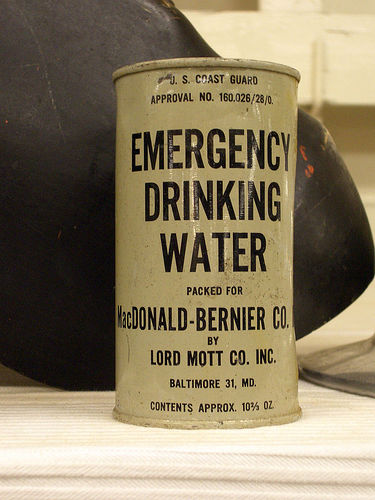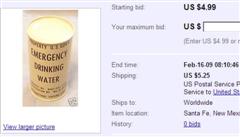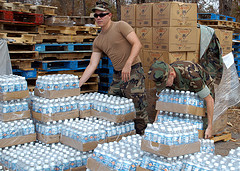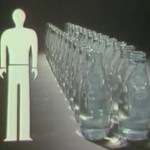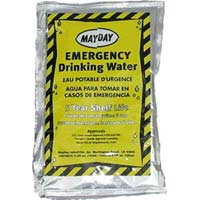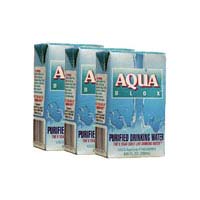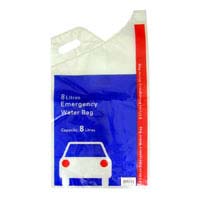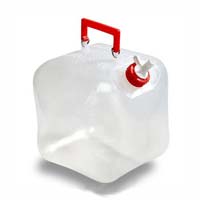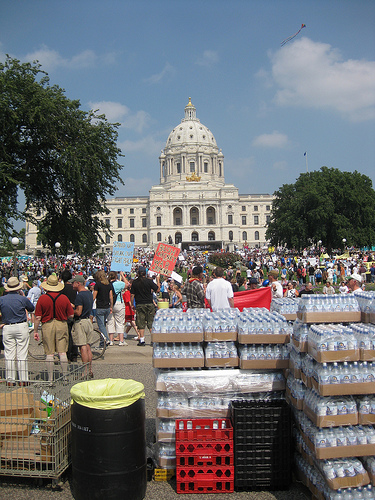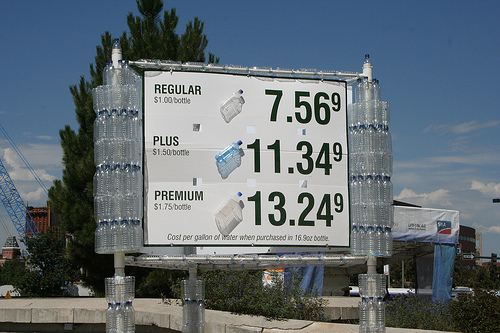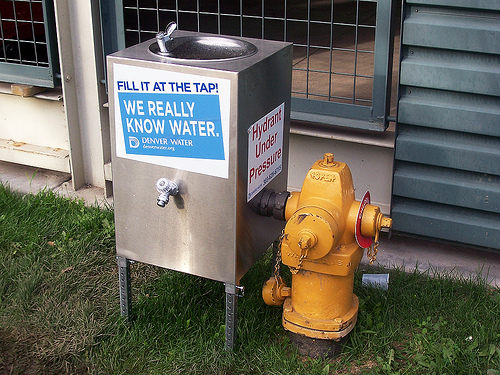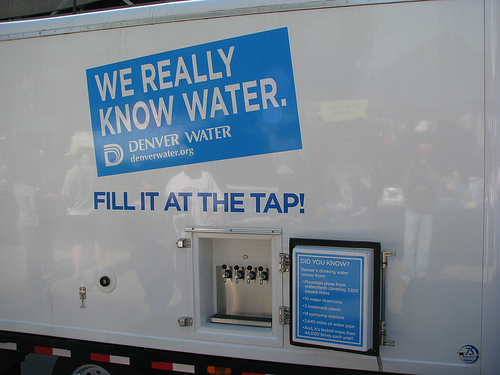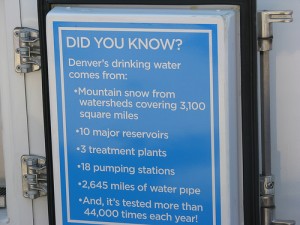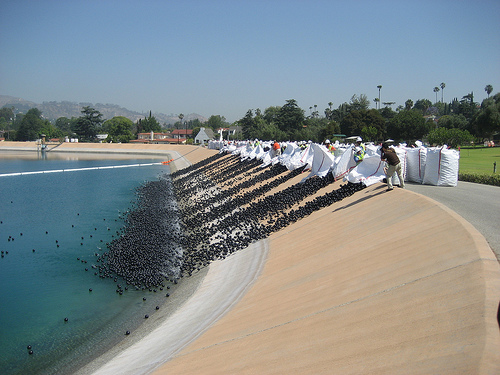Suburban Survival: Water Emergency Week Day 4
What could happen here in safe suburbia, really? Well… what if a flood, tornado, earthquake, blackout, ice storm or other emergency cut off your drinking water supply with no warning? And your huge legacy oak is blocking the escape route? Or if even the Suburban can’t navigate the quake-heaved streets?
After you’ve indulged in extreme self-hatred about your lack of preparedness, here’s where you can find drinking water around the home for a short term, quick supply.
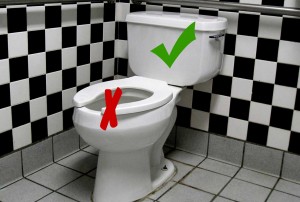 1. The Toilet:Don’t make that face, this is an emergency! Not the bowl, dummy, that’s where you poop and where e-Coli lives. You can mine several gallons, though, from the tank. Filter it through a piece of cloth if it’s been awhile since that tank was cleaned. (You won’t be using your loo until service is restored; you can figure that one out for yourself.)
1. The Toilet:Don’t make that face, this is an emergency! Not the bowl, dummy, that’s where you poop and where e-Coli lives. You can mine several gallons, though, from the tank. Filter it through a piece of cloth if it’s been awhile since that tank was cleaned. (You won’t be using your loo until service is restored; you can figure that one out for yourself.)
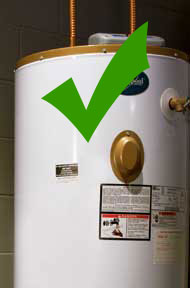 2. Hot Water Heater: A water bonanza of up to 70 gallons. To get at it, make sure gas and electric connections are off (and leave them off until service is restored). Put a large container under the water heater’s bottom drain and open the drain. Then, open a nearby sink faucet to release the pressure and start the flow.
2. Hot Water Heater: A water bonanza of up to 70 gallons. To get at it, make sure gas and electric connections are off (and leave them off until service is restored). Put a large container under the water heater’s bottom drain and open the drain. Then, open a nearby sink faucet to release the pressure and start the flow.
 3. Your Plumbing: The pipes are filled with residual water, and it’s just standin’ there doin’ nuthin’! Turn off the main water supply line to the house. Then open a water faucet at the highest point in your house to let air in. Next, open the faucet at your home’s lowest point–in the basement or downstairs–and let the water standing in the pipes drain via gravity into a
3. Your Plumbing: The pipes are filled with residual water, and it’s just standin’ there doin’ nuthin’! Turn off the main water supply line to the house. Then open a water faucet at the highest point in your house to let air in. Next, open the faucet at your home’s lowest point–in the basement or downstairs–and let the water standing in the pipes drain via gravity into a 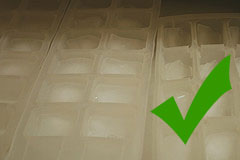 container.
container.
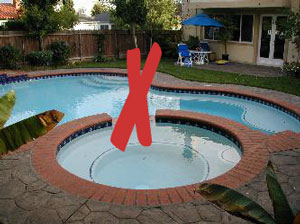 4. Ice cubes: As badly as you might want a cocktail, retrieve ice cubes from your freezer and put them into storage containers to melt.
4. Ice cubes: As badly as you might want a cocktail, retrieve ice cubes from your freezer and put them into storage containers to melt.
Bad idea: Don’t pour yourself a chemical cocktail by drinking water from swimming pools or hot tubs.

